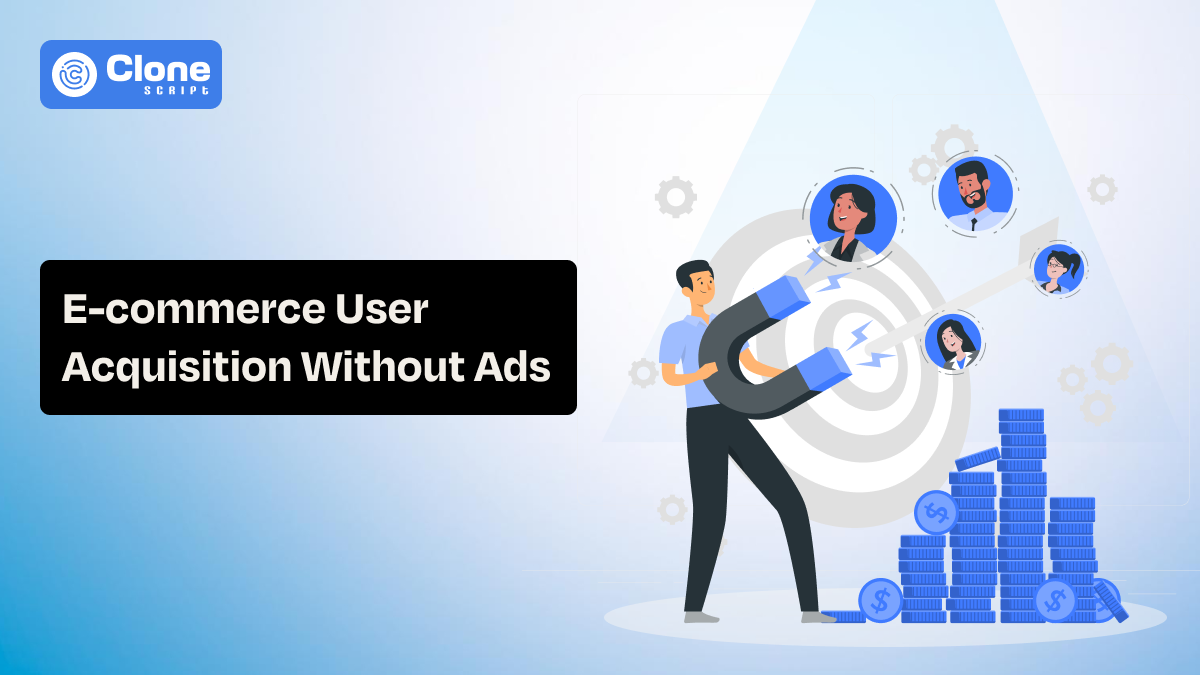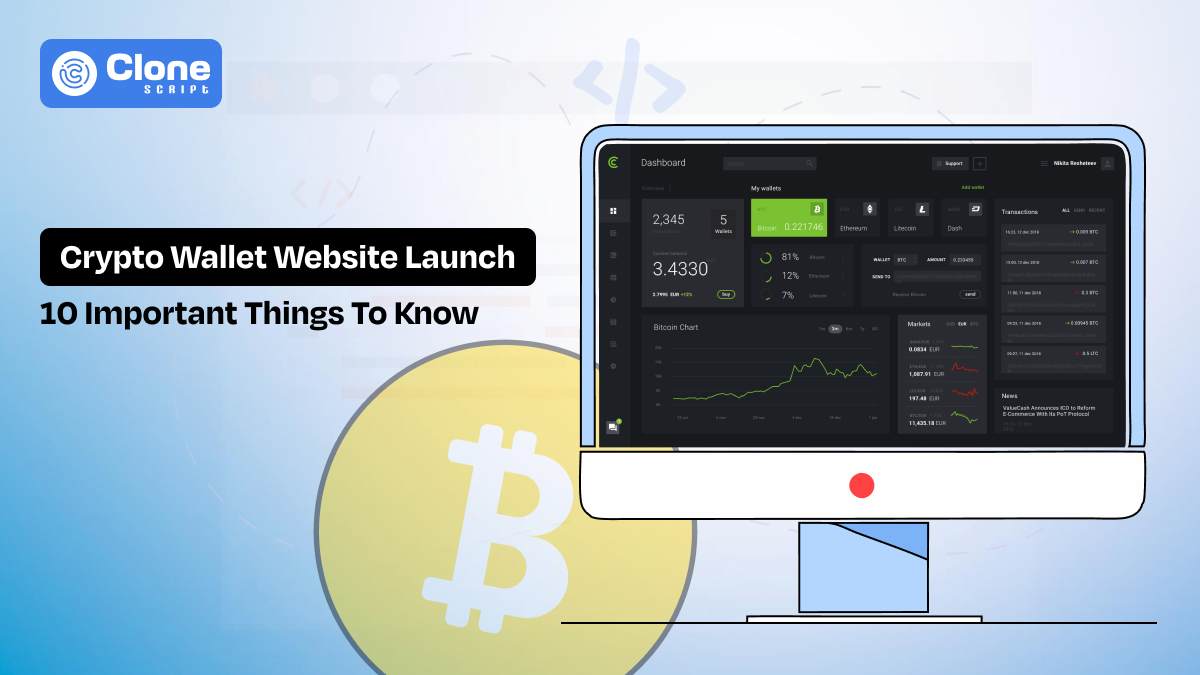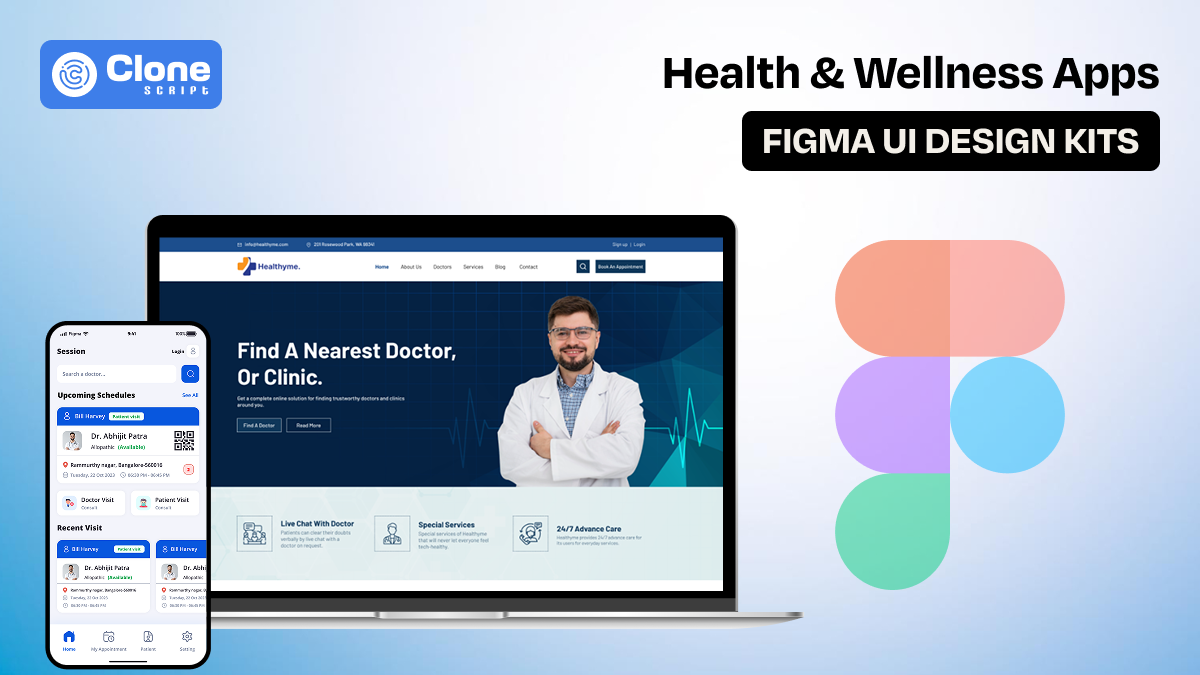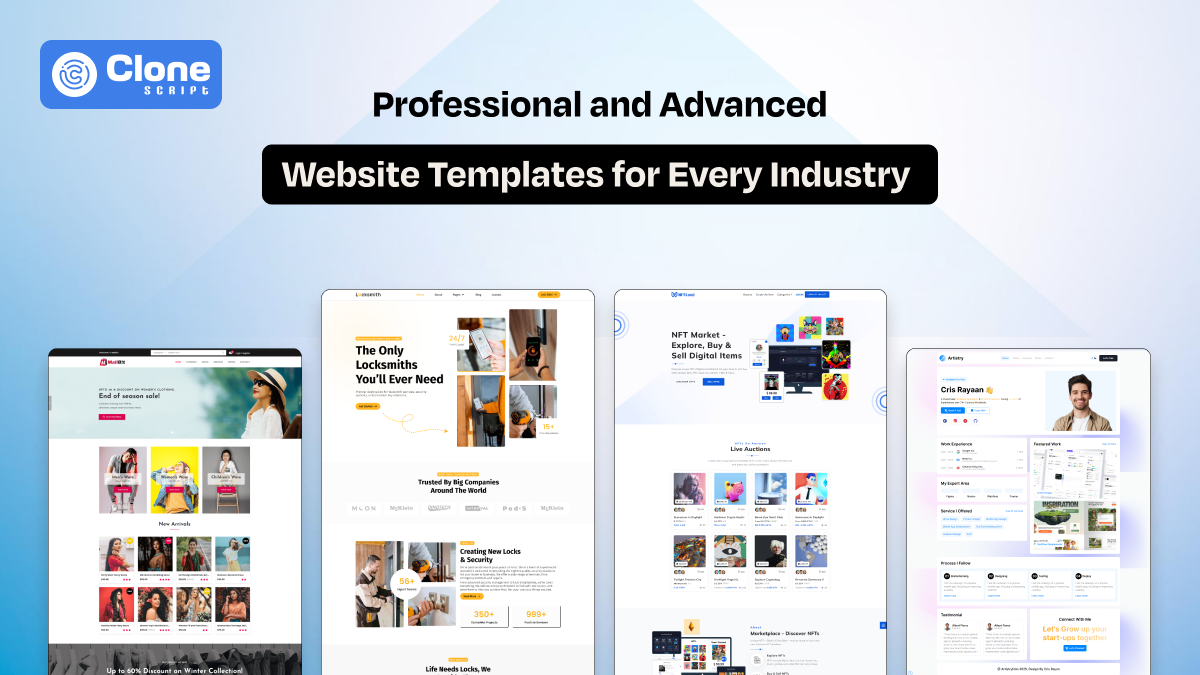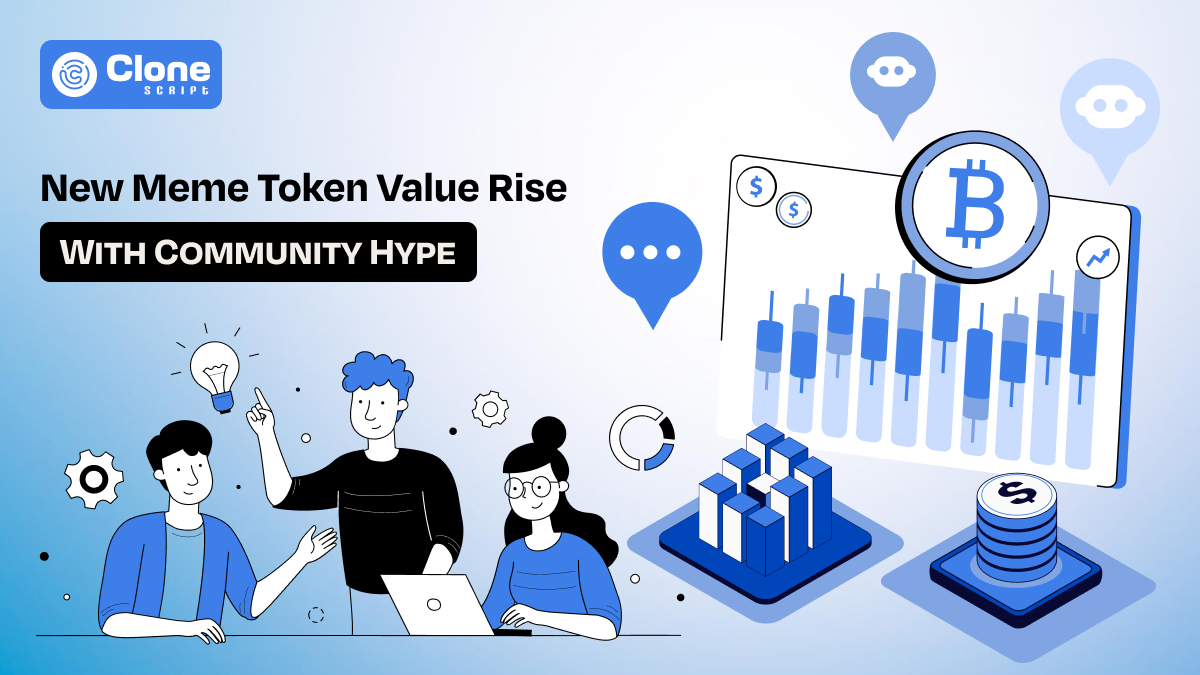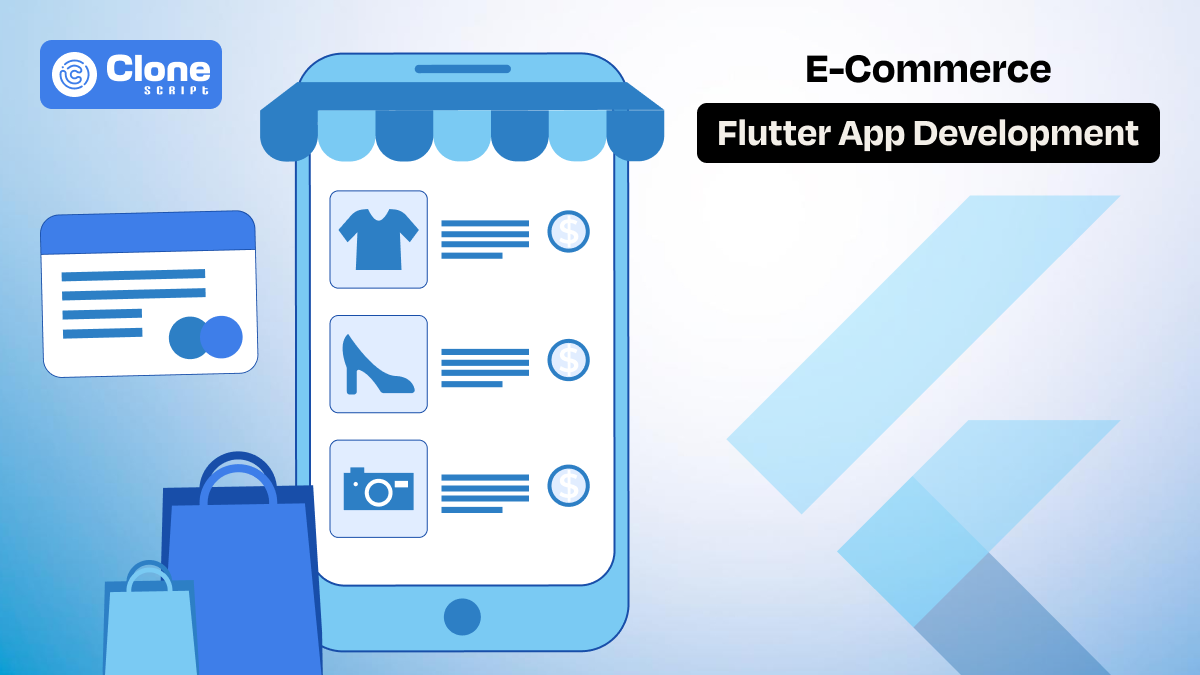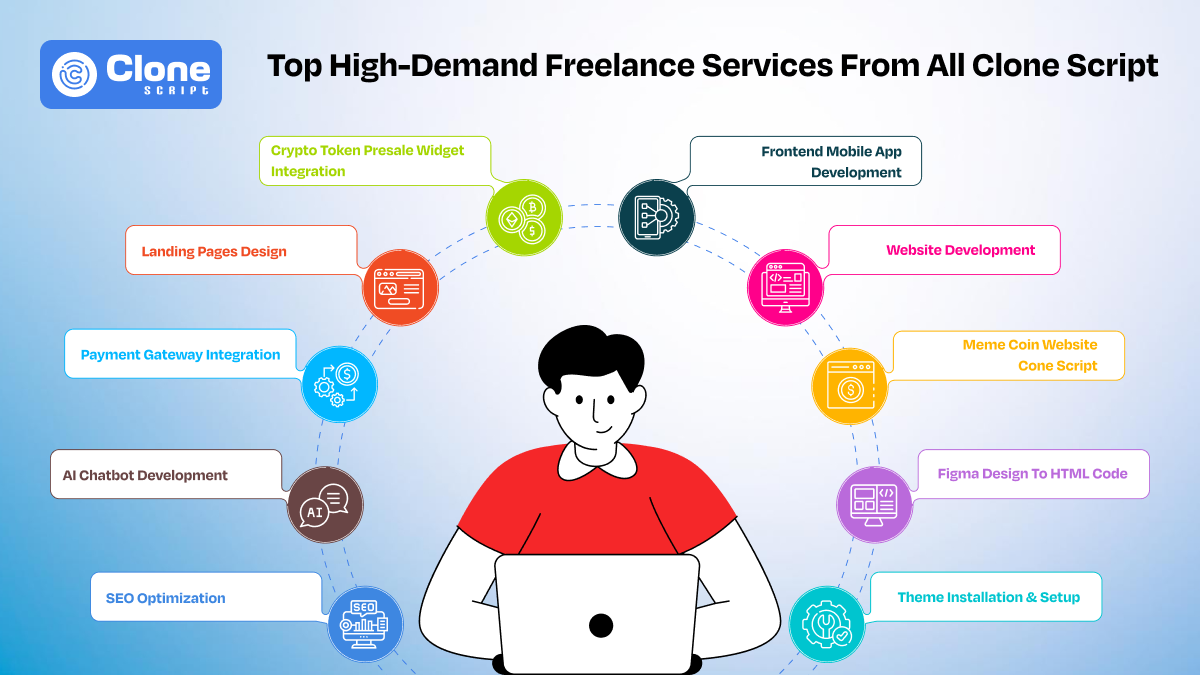How to Bring Targeted Users to Your E-Commerce Website Without Ads
We know launching and running a new e-commerce business is tough.
Why?
Most businesses are opting for digital advertising to get potential users on their customer list. But you wish, how can my website get organic traffic without relying on the ads?
It’s not impossible. Using the best practices and following the tips that most professionals use can work.
They build smart from the ground up. Starting with a technically strong website template optimized for SEO and continuing with intentional, non-paid marketing strategies.
This guide will show you how to bring targeted users to your e-commerce website without spending on ads.
Let’s begin where success starts: with the foundation of your online store, a website template.
Start with an SEO-Friendly eCommerce Website Template.
Before you ever publish a product or write a blog post, your e-commerce site needs a strong, search-optimized foundation. This starts with choosing the right website template, one that’s designed for performance, responsiveness, and clean code. Don’t spend hundreds to thousands of dollars on e-commerce website development.
But in website templates, there is no need to pay a hundred dollars through PayPal and Stripe.
An SEO-friendly e-commerce website template ensures your site loads fast, adapts across all screen sizes, and is easy for Google to crawl.
Why is this so important?
Because even the most optimized product descriptions or blog posts will struggle to rank if your underlying structure is broken. Google prioritizes mobile-friendly and fast-loading websites. A complicated, poorly coded theme will hold you back no matter how good your content is.
Look for a template that offers:
-
Responsive design for all screen sizes (mobile-first is best)
-
Lightweight structure with minimal unnecessary scripts
-
Proper heading hierarchies (H1, H2, H3, etc.)
-
E-commerce SEO checklist and best practices are built in, like schema markup and clean URLs
-
Support for plugins that enhance SEO, caching, and performance
Choosing the right template is your first and most important investment in long-term SEO success.
Optimize Product Pages for Search Engines.
Once your foundation is set, the next place to optimize is your product pages. These are the core of your e-commerce business, and every element of these pages contributes to organic visibility.
Start by researching keywords that match buyer intent. If you’re selling hand-made soy candles, your product title shouldn’t just be “Lavender Candle.” A better title might be: "Handmade Lavender Soy Candle – Natural, Vegan, Aromatherapy Jar Candle".
Key elements to optimize:
-
Title tags and meta descriptions for every product
-
Product descriptions that are original, keyword-rich, and useful
-
Image alt tags with descriptive text (e.g., "lavender soy candle in glass jar")
-
Structured data to help search engines display rich snippets (like star ratings, price, etc.)
-
Internal linking to related products or blog content
Google rewards clarity, uniqueness, and intent alignment. Make sure every product page is its own well-optimized landing page.
Build a Blog Around Your Products.
E-commerce blogs aren’t just for storytelling. They’re a powerful SEO engine. Publishing high-quality, keyword-focused content helps attract visitors who aren’t yet ready to buy but are looking for information.
For example, if you sell fitness gear, don’t just blog about your product line. Create content like:
-
"Best Workouts for Home Gyms in Small Apartments"
-
"5 Benefits of Resistance Band Training for Beginners"
-
"What to Look for in a Quality Yoga Mat"
Each blog post targets a long-tail keyword and creates a natural gateway to your product. Then link back to relevant items in your store. This builds topical authority, keeps users engaged, and gives Google more content to index.
Be consistent. Publish weekly or bi-weekly. Use internal links, strong calls-to-action, and optimized images. Over time, investing in professional blog writing becomes an inbound marketing funnel.
Use Social Media Content to Drive Organic Clicks.
While social media itself doesn’t directly impact search rankings, the traffic it generates and the brand awareness it builds certainly do more than you expect. Posting on platforms like Instagram, LinkedIn, Facebook, and TikTok lets you put your products in front of new audiences that you can get through paid social media ads.
Focus on organic content that resonates with these things and encourages users to interact:
-
Behind-the-scenes product creation
-
Customer reviews or unboxings
-
Educational tips or usage ideas
-
User-generated content from real buyers
Include your website link in every bio and drive clicks through posts, stories, and reels. Tools like Linktree or bio.fm help centralize traffic. Over time, social media marketing becomes a repeat source of referral traffic that fuels SEO performance.
Prefer Pinterest for Long-Term Free Traffic.
Pinterest is a goldmine for evergreen, free traffic. Unlike Instagram or Facebook, pins have a long lifespan and keep driving visits for months or even years. It’s a visual search engine more than a social platform, and that changes the brand perception.
Here’s how to tap into it:
-
Create keyword-optimized pin titles and descriptions
-
Use high-resolution product images with a 2:3 aspect ratio
-
Pin blog posts as well as product pages
-
Join niche boards and use Tailwind for automation
Whether you sell kitchen tools, fashion, or digital planners, Pinterest works beautifully. The key is consistency and SEO-focused pinning. Link every pin to a relevant page on your site and track what’s getting traction.
Use Influencer Shoutouts (Free or Barter).
If your product is based on visual appeal (e.g., fashion garments), then you have to collaborate with influencers. Why? Running a digital advertising campaign does not justify the quality of the clothes to users who click the website link.
At the same time, influencers like YouTubers and Instagram UGC content creators shoot the video and reel by mentioning the product quality. From there, the customers will judge the decision for making a preferred action, like contacting you or placing an order on the website.
You don’t need a budget for influencer marketing if you think creatively. Micro-influencers accept barter deals, such as a free product in exchange for a review or shoutout.
Here’s how to approach it:
-
Find creators with 1,000–10,000 followers in your niche
-
Reach out personally with a clear pitch
-
Offer a free product they’d genuinely enjoy
-
Ask for a post + story + website tag if possible
What you get in return is exposure, organic traffic, and sometimes a backlink. All helpful for SEO. Plus, their audience trusts them more than a brand ad.
Submit Your Products to Niche Directories & Marketplaces.
Another underrated tactic: getting listed in high-authority directories and marketplaces. These can drive referral traffic and sometimes high-quality backlinks.
Here are some examples to do it the right way:
-
Product Hunt (for digital goods)
-
Etsy or Amazon Handmade (for crafts)
-
IndieHackers or BetaList (for startups)
-
Niche blogs that run "Top 10" or "Gift Guide" lists
You may need to pitch your product or pay a small fee, but the visibility and link authority can pay off in traffic and trust.
Build a Community via Email & WhatsApp Broadcasts.
Organic growth doesn’t stop at the first click. Turning visitors into subscribers, then nurturing them, is how you multiply your organic ROI. Tools like WhatsApp Broadcast and email newsletters allow you to stay in touch without ads.
To grow your list, follow these tactics:
-
Offer a discount or lead magnet (like a checklist or guide)
-
Add opt-in forms across your blog and product pages
-
Collect WhatsApp opt-ins at checkout or via popups
Then, share product launches, blog content, behind-the-scenes updates, or tips. Keep it personal. Community-focused marketing keeps users coming back, and return visits tell Google your site is trustworthy.
Engage in Niche Forums & Answer Sites.
If you're in a specific niche, chances are your audience is already asking questions online. Sites like Quora, Reddit, and industry-specific forums are great places to build authority, trust, and targeted traffic.
Here’s how to use them:
-
Search for threads related to your products (e.g., “best vegan skincare”)
-
Add thoughtful, detailed answers
-
Link to your blog or product page only when relevant
-
Keep your tone helpful and non-salesy
You build credibility, drive referral traffic, and sometimes earn links if your answer gets picked up by blogs or aggregators. It’s a long-term tactic that pays off with patience.
Add Sharing Features on Your Website.
Make it easy for users to share your products and blog content. Social sharing buttons may seem minor, but they increase the likelihood of your content reaching new eyeballs.
Implement these features:
-
Add share buttons to product pages and blog posts
-
Use click-to-copy URLs for WhatsApp or Telegram sharing
-
Offer incentives (like discounts) for referrals or shares
The easier you make it for customers to spread your content, the more organic traffic you gain, without spending a dollar.
Conclusion
Organic traffic isn’t just about ranking. It’s about building a self-sustaining ecosystem where every part of your e-commerce business supports discovery. From using an SEO-optimized website template to using Pinterest, forums, influencers, and your content hub, each step adds momentum.
Skip the ad budgets. Focus on long-term value. If you build your e-commerce site with SEO and community in mind from day one, your growth won’t be limited by your marketing budget.
With consistency and the right tactics, your store becomes its traffic engine, one that works 24/7, properly but confidently.
 BTC - Bitcoin
BTC - Bitcoin
 USDTERC20 - USDT ERC20
USDTERC20 - USDT ERC20
 ETH - Ethereum
ETH - Ethereum
 BNB - Binance
BNB - Binance
 BCH - Bitcoin Cash
BCH - Bitcoin Cash
 DOGE - Dogecoin
DOGE - Dogecoin
 TRX - TRON
TRX - TRON
 USDTTRC20 - USD TRC20
USDTTRC20 - USD TRC20
 LTC - LiteCoin
LTC - LiteCoin

